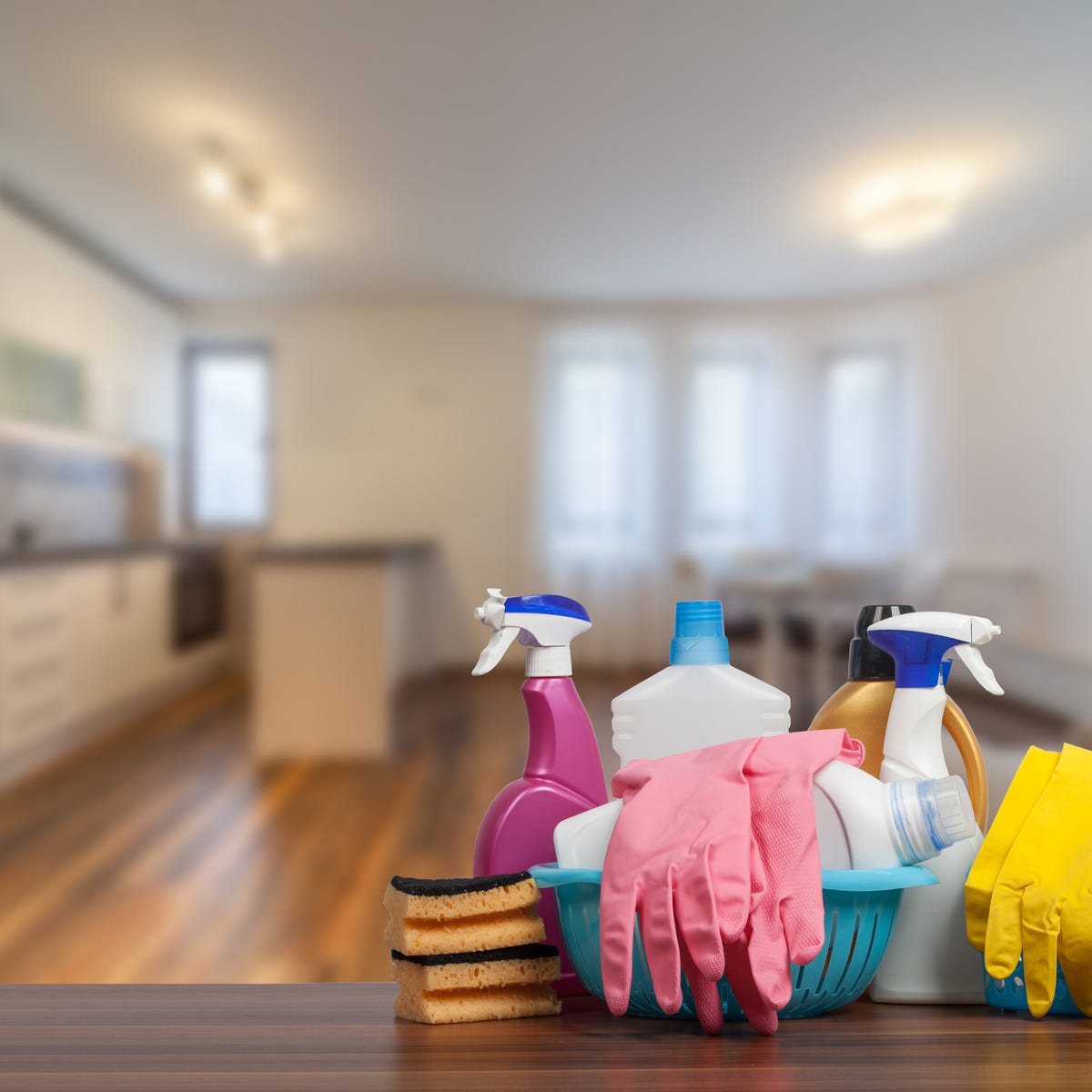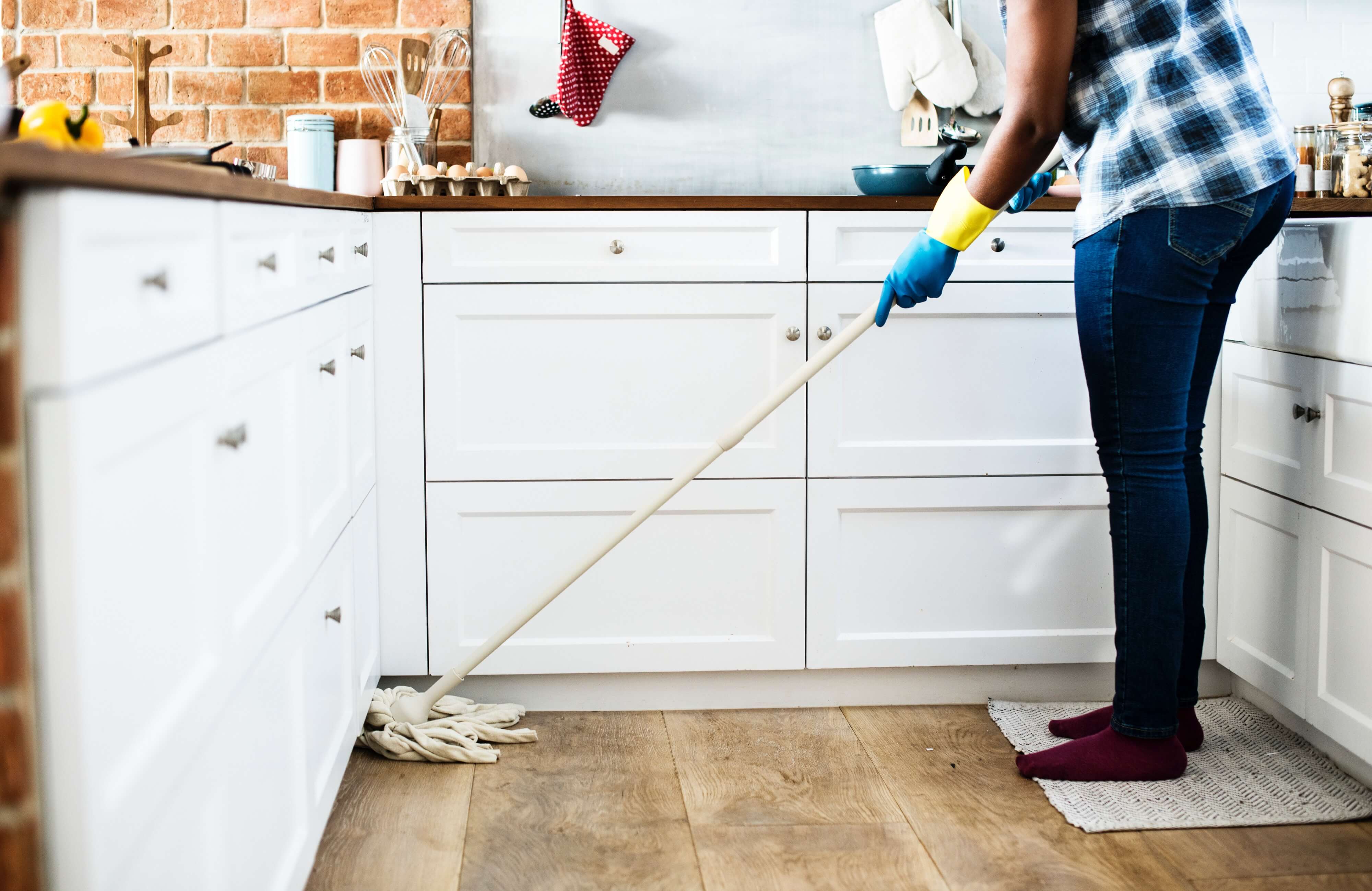Accomplish a Cleaner Home with These Everyday Cleaning Tips: Defrosted and Cleaned Every Few Months and Much more
Accomplish a Cleaner Home with These Everyday Cleaning Tips: Defrosted and Cleaned Every Few Months and Much more
Blog Article
Recognizing the Requirement for Completely Decontaminating and Disinfecting Often Touched Surfaces in High-Traffic Locations
In the realm of public health and wellness and security, the precise sanitation and sanitization of often touched surface areas in high-traffic areas stand as vital measures in stopping the spread of harmful virus. By exploring the various aspects of surface area sanitation, from the risks linked with ignoring cleansing methods to the effective methods that can be used, a more clear understanding emerges of the essential function these techniques play in safeguarding public wellness.
Importance of Surface Area Sanitation
Stressing the detailed sanitation of high-traffic surfaces is essential in keeping a hygienic atmosphere and stopping the spread of damaging pathogens. High-touch surface areas such as door handles, light buttons, elevator buttons, and counter tops work as reproducing premises for germs and infections. Normal sanitation of these surface areas is crucial to reduce the threat of contamination and transmission of illnesses.
By implementing a robust disinfection procedure, businesses and establishments can develop a much safer environment for workers, customers, and visitors. Appropriate surface sanitation not just alleviates the spread of contagious diseases yet also imparts self-confidence in the sanitation and safety and security of the properties. This aggressive method demonstrates a dedication to wellness and health, which is especially crucial in high-traffic locations where the probability of exposure to virus is heightened.
In addition, surface sanitation plays a vital function in general infection control strategies. Integrated with hand health techniques, putting on masks, and keeping physical distancing, detailed disinfection of high-touch surfaces forms a comprehensive defense against the transmission of damaging microbes. Focusing on surface area sanitation is an essential element of an all natural method to health and security in shared rooms.
Threats of Neglecting Cleansing Practices
Ignoring thorough sanitation of high-traffic surfaces substantially enhances the threat of viral and bacterial contamination, positioning a major risk to the health and safety and security of people often visiting these areas. Failure to apply appropriate cleansing practices can lead to the buildup and spread of harmful microorganisms, including bacteria and infections, on often touched surfaces such as doorknobs, hand rails, elevator buttons, and kitchen counters.

Furthermore, neglecting the value of thorough cleansing not only compromises the health of individuals but additionally weakens efforts to keep a hygienic and tidy environment. It is crucial to identify the value of correct disinfection methods in stopping the spread of infections and safeguarding public wellness.
Efficient Disinfection Techniques
To keep optimal cleanliness and minimize the risk of contamination on high-traffic surface areas, using reliable disinfection methods is vital. One of the most usual and efficient disinfection techniques is utilizing chemical anti-bacterials.
An additional reliable method is using UV-C light. UV-C light has been shown to be efficient in killing a large variety of bacteria by interrupting their DNA framework, hence stopping them from reproducing. It is essential to use UV-C light properly, ensuring that the proper strength and direct exposure time are used to accomplish the desired disinfection outcomes.
Furthermore, utilizing vapor cleansing as a disinfection method can be very efficient, especially on surface areas that are heat-resistant. Steam can pass through permeable surfaces and eliminate my sources bacteria, infections, and other virus successfully. When using heavy steam cleaning, it is essential to make sure that the surface gets to the required temperature level for a sufficient quantity of time to ensure appropriate sanitation.
Influence On Public Wellness
The maintenance of high standards of tidiness and sanitation on high-traffic surface areas plays an essential function in securing public wellness. Regularly touched surfaces in locations with high tramp, such as doorknobs, hand rails, lift buttons, and restroom centers, serve as reproducing premises for damaging microorganisms.
Efficient hygiene techniques not just shield people see page from dropping sick however likewise add to the total health of culture. Public wellness authorities stress the relevance of keeping clean environments to stop outbreaks and include the spread of diseases. In high-traffic areas like flight terminals, institutions, health centers, and public transport systems, the effect of extensive disinfection procedures can not be understated. Prioritizing the sanitization of regularly touched surface areas is a proactive approach to advertising public wellness and boosting the security of individuals in shared spaces.
Carrying Out Regular Cleansing Procedures
Quickly instituting and sticking to a constant schedule of cleaning procedures is paramount for preserving the cleanliness and safety and security of high-traffic surface areas. Normal cleaning procedures are vital in preventing the accumulation of germs and virus on frequently touched surfaces, specifically in areas with high foot web traffic. By implementing a systematic technique to cleansing, organizations can successfully reduce the danger of condition transmission and create a much healthier setting for employees, clients, and the general public.
To establish an efficient cleansing schedule, it is important to recognize high-traffic areas that need constant attention. These areas might consist of doorknobs, handrails, lift switches, restroom facilities, and shared devices. Implementing a routine additional reading cleaning program that targets these surface areas numerous times a day can considerably minimize the spread of dangerous germs and infections.
Additionally, utilizing proper cleansing representatives and anti-bacterials is key to guaranteeing that surface areas are thoroughly sanitized. Regular training of cleaning staff on proper cleansing strategies and the importance of adherence to the cleaning schedule is also vital in preserving a sanitary atmosphere. By prioritizing constant cleaning methods, companies can advertise the wellness and health of people who interact with these high-traffic surfaces.

Conclusion
In final thought, it is important to focus on extensive disinfection and sanitization of regularly touched surfaces in high-traffic locations to protect against the spread of harmful pathogens and keep public wellness. It is imperative to identify the relevance of maintaining tidy surfaces in high-traffic locations to make sure the well-being of the area.
In the realm of public health and safety, the meticulous sanitation and sanitization of frequently touched surface areas in high-traffic areas stand as paramount procedures in protecting against the spread of unsafe microorganisms. By exploring the numerous facets of surface area disinfection, from the risks linked with overlooking cleansing protocols to the reliable techniques that can be employed, a more clear understanding emerges of the essential function these techniques play in securing public health and wellness.Additionally, utilizing steam cleansing as a disinfection technique can be very efficient, especially on surface areas that are heat-resistant. When making use of steam cleansing, it is essential to ensure that the surface gets to the required temperature for a sufficient amount of time to ensure appropriate disinfection.
In conclusion, it is vital to prioritize comprehensive disinfection and sanitization of frequently touched surface areas in high-traffic areas to avoid the spread of dangerous microorganisms and preserve public health and wellness.
Report this page